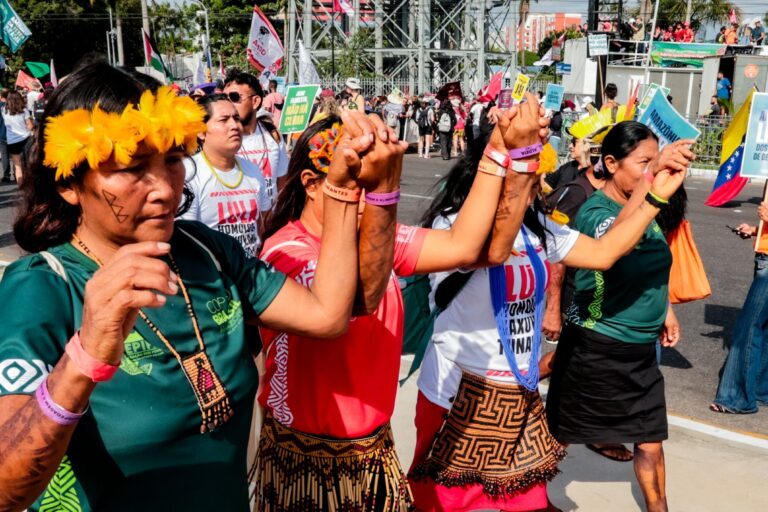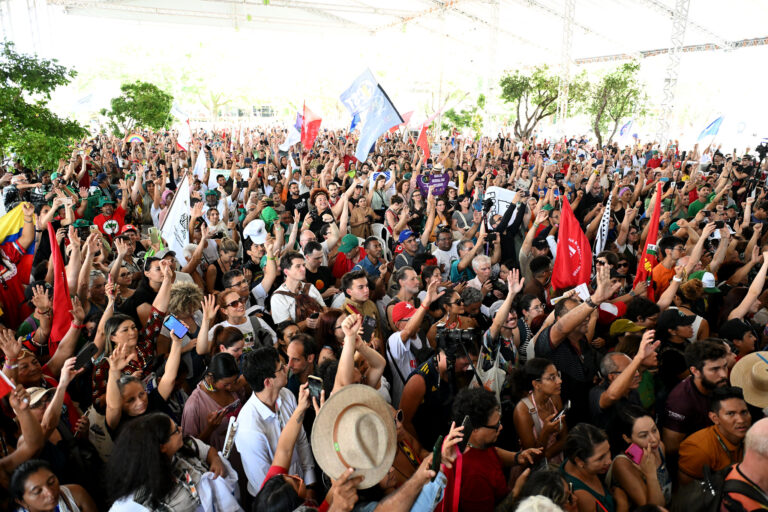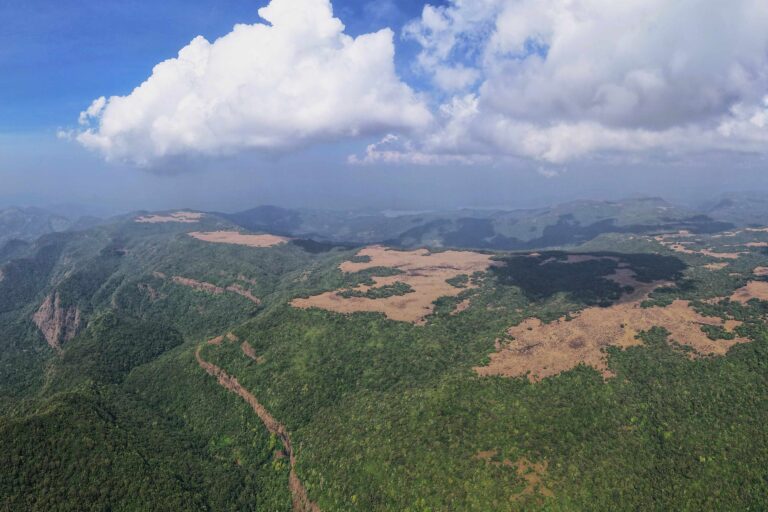- The aspirational climate finance target of $1.3 trillion annually by 2035 falls short of needs, with developing countries requiring $2.4 trillion by 2030, rising to $3.2 trillion by 2035, a new report shows.
- The loss and damage fund established to help vulnerable countries has received only $788 million in pledges, a fraction of what nations like Bangladesh and Pacific islands require.
- Current global climate finance flows total just $190 billion each year. Reaching the $1.3 trillion target would require a nearly sevenfold increase within a decade.
When world leaders gathered in Belém on November 10 for the annual climate summit (COP30), they faced what the host, Brazil, called the “COP of Implementation.” That phrase captures both aspiration and urgency. After decades of climate negotiations and 10 years since the landmark Paris Agreement was signed to limit global warming, the focus has shifted from promises to delivery, particularly in the area of finance. At the centre of discussions lies a number that sounds impressive yet falls troublingly short.
This aspirational target of $1.3 trillion each year represents a historic moment reached at last year’s summit. Developed countries have pledged $300 billion per year by 2035, known as the New Collective Quantified Goal, with the remainder expected from other sources, including emerging economies and private investors.
But a report released two days into the summit laid bare the gap between ambition and reality. Developing countries, excluding China, will require $2.4 trillion annually by 2030, rising to approximately $3.2 trillion by 2035, according to the Independent High-Level Expert Group on Climate Finance (IHLEG) of the London School of Economics, as calculated in its fourth report, published on November 12. The difference between the agreed-upon target and actual necessity could not be clearer.
“Getting to the target is feasible, but it is not easy,” said Amar Bhattacharya, Senior Fellow at the Brookings Institution and co-author of the IHLEG report. That understatement masks an enormous undertaking. Current climate finance flows to Emerging Markets and Developing economies or EMDEs (excluding China) total roughly $190 billion in 2022, according to the IHLEG report. Reaching even the $1.3 trillion mark would require nearly a sevenfold increase within a decade. Reaching what is actually needed demands even more.
These seemingly abstract numbers make sense when contrasted with the situation India faces because of the impacts of climate change. India alone needs nearly $467 billion in climate investments by 2030, concentrated in the four key sectors of steel, cement, power, and transport, according to a recent assessment by the Centre for Social and Economic Progress (CSEP). These are not simple renewable energy projects that have become relatively affordable. They involve expensive, complex technologies for emissions that are difficult to eliminate.
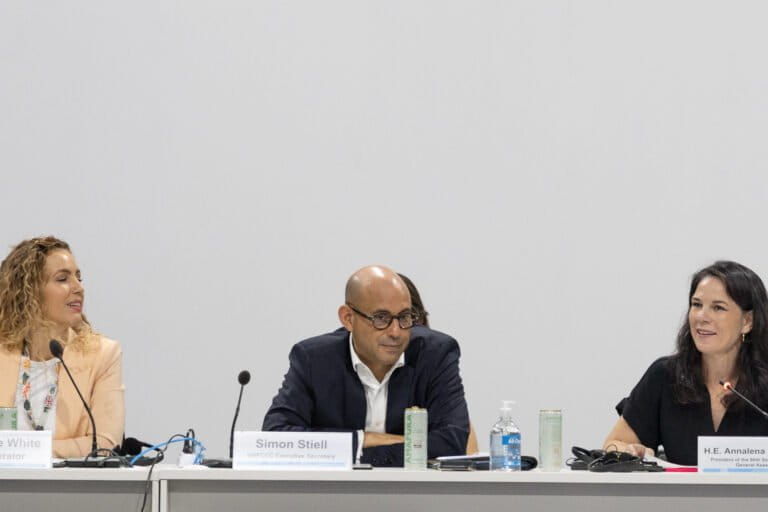
Global challenge
The challenge extends beyond any single country. Multilateral development banks like the World Bank play a foundational role in channelling climate finance, but assessments by the G20 and the World Bank itself indicate their climate lending capacity must triple to meet demand. Reforms to how these banks use their capital and new financing tools help, but they won’t work without major changes and strong political support.
Private sector investment, long heralded as essential, continues falling short due to risk perceptions and systemic biases against emerging economies. “Private finance will not flow at scale without public risk-sharing,” said Nicholas Stern of the London School of Economics, and co-author of the IHLEG report. He argued that public finance must lead rather than follow, building confidence to unlock the trillions held in global capital markets.
The politics surrounding climate finance add layers of complexity. Developing countries insist that historical responsibility for releasing enormous amounts of greenhouse gases justifies the burden falling on developed nations, and that finance should come without restrictive conditions that hinder development priorities. This tension reflects the principle of common but differentiated responsibilities, a cornerstone of international climate negotiations. It also reflects fractured trust that has hindered progress for years.
Bhattacharya acknowledged one political reality starkly. “The U.S. pullout (from the Paris Agreement) has shrunk the climate finance pie, but we should not be held up to ransom,” he said. This observation captures both the difficulty created by wavering political commitment from major economies and the determination of other nations to press forward regardless.
For India, the dilemma is acute since rapid growth and development imperatives collide with the need for deep emission reductions. Arjun Dutt, who leads the climate finance work at the Council on Energy, Environment and Water (CEEW), suggested a pragmatic approach to the climate targets India submits at the global forum.
It should consider setting two types of voluntary commitment to reduce emissions, split into conditional and unconditional. Unconditional targets would represent what India can achieve using its own resources and foreign capital that flows organically. Conditional targets would reflect higher ambition, supported by the availability of concessional international capital to address financing bottlenecks, he said.
Arunabha Ghosh, CEO of CEEW, reframed the entire discussion. “Climate finance is not charity but economic necessity,” he said. The framing shifts the conversation from aid to investment, from moral obligation to economic opportunity.
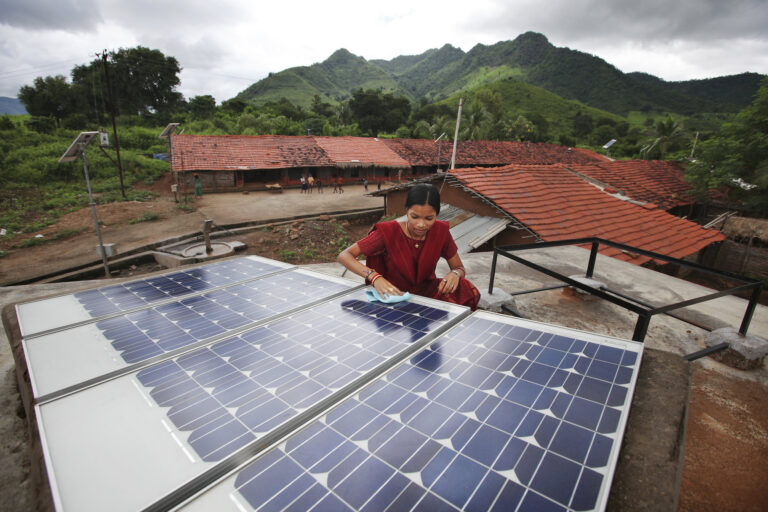
Underfunded loss and damage fund
However, even as countries debate financing for emission reductions, another dimension of climate finance remains desperately underfunded. The loss and damage fund, established to support countries hit hardest by climate impacts they did little to cause, illustrates the gap. Agreed upon at the UN climate summit in Egypt (COP27) and established a year later in Dubai (COP28), the fund received pledges totalling $788.8 million as of June 2025. Against the scale of climate-related losses already being experienced, for instance, by countries like Bangladesh and Pacific island nations, this represents a minuscule fraction of need.
Yamide Dagnet, Senior Vice President at the Natural Resources Defense Council, sees both challenge and opportunity in the fund’s early stage. Disbursements have not yet occurred, and the board must agree on clear processes for identifying and funding initiatives. But the fund’s focus on country-owned efforts ensures solutions will be locally driven and contextually appropriate, she noted. More fundamentally, Dagnet argued for shifting from a “risk mindset” to a “value mindset” when considering adaptation and loss and damage finance.
The United Nations Environment Programme’s Adaptation Gap Reports underscore the disparity. Only a small fraction of the estimated adaptation needs reaches vulnerable regions. The persistent vulnerability of communities facing the sharp end of climate change demands attention equal to that given to emission reductions.
Dagnet pointed to concrete action. Her organisation, in partnership with the Atlantic Council’s Climate Resilience Center, launched the Fostering Investable National Planning and Implementation for Adaptation and Resilience initiative at the ongoing COP30. The collaborative aims to connect over 100 organisations to develop pipelines of $1 trillion worth of investment-ready climate adaptation and resilience projects by 2028. The COP30 presidency has recognised the initiative as a key part of its action agenda.
Broader imperative
Stern framed the broader imperative. “The new growth and development story is not just about avoiding the catastrophic consequences of climate change and biodiversity loss, but about seizing the opportunity to create a better, more equitable and sustainable world for all,” he said. The veteran climate economist acknowledged the scale of structural changes and increased investment required, noting that some may argue they are too difficult and unrealistic. But the consequences of inaction far outweigh the challenges of realising necessary investment and change, Stern said.
The path forward demands what Stern calls conditions for investment from the private sector. “Investment and innovation will be at the heart of the story of creating the new,” he says. “That will, in large measure, be from the private sector. Creating the conditions and finance for that investment will be central to public action and policy.”
As negotiators continue their work in Belém, success will be measured not in new pledges but in actual delivery plans and clear accountability. Countries are expected to submit updated climate targets that reflect how much money they can actually access and their adaptation needs. Whether finance reaches vulnerable communities and workers in fossil fuel industries will determine if COP30 truly delivers on implementation.
The stakes extend beyond diplomatic success. The decisions being made will shape the climate resilience and prosperity of millions, particularly in developing countries, as they balance growth aspirations with the imperative of emission reductions. Mobilising the trillions necessary for a sustainable future hinges on political will, systemic reforms, transparent practice, and respect for equity. Belém will test whether the global community is prepared to match its commitments with action, or whether the $1.3 trillion target will be remembered as another promise insufficient to the task.
Read more: Urgency grows at midpoint of Belém climate summit as intent still outpaces action
Banner image: Civil societies campaign for climate finance goals at COP30. Image © UN Climate Change – Kiara Worth via Flickr (CC BY-NC-SA 4.0).








